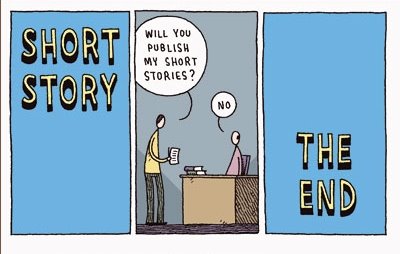 I try not to cause any international incidents, but despite my best intentions, things get out of hand. For instance, take Lakhpat, a ghost town on the northern border of India. You need government permission to visit. I always thought that the government simply didn’t want you to see some of the extreme poverty-stricken parts of the country -- like China. But that’s not the reason at all.
I try not to cause any international incidents, but despite my best intentions, things get out of hand. For instance, take Lakhpat, a ghost town on the northern border of India. You need government permission to visit. I always thought that the government simply didn’t want you to see some of the extreme poverty-stricken parts of the country -- like China. But that’s not the reason at all.Lakhpat was once a thriving port city situated at the mouth of the Indus River. An earthquake in 1819 diverted the flow of the river, however, and without water access, the life drained out of Lakhpat. Nowadays, it has 200 residents and two small, spooky temples, one Sikh, one Muslim. As far as I can tell, their #1 industry is survival. The city is ringed by tall fort walls; despite some crumbling here and there, it’s possible to walk Lakhpat’s perimeter on the wall.
Just beyond the walls lies the Rann, and this time, it’s pure desert. I crept out through a hole in the wall. It’s a flat expanse with a handful of hills. The earth had cracked from where mud during the rainy season had dried; animals had left tracks. Cows, dogs, and a single gazelle sprang off into the distance, startled by my approach. Some ruined boats in the distance demanded a closer look. As I photographed them, I saw three figures in the distance -- shepherds, I figured. I was two-thirds correct.
The third figure was a soldier. When he saw me, he waved me over. Even though I had my permission slip to be in Lakhpat, I was no longer in Lakhpat; I had wandered into the borderland with Pakistan. That explains the big honking rifle he carried, then. A small piece of camouflage cloth was wrapped around the muzzle, and the magazine cartridge was transparent. Inside, the bullets were sharp-tipped and severe. BSF was stitched onto his dun-colored uniform’s shoulder -- Border Security Force, I imagine.
I had to wait with him while he summoned his superior officer. The soldier who had stopped me was friendly enough; I showed him the pictures I had taken (it was more of a command, really), and he asked how much a camera like that cost. He asked if I had a girl. His superior was much more gruff. He barked at me in Hindi, and I tried to look contrite, but I didn’t understand a word he was saying, he and soldier who had stopped me did his best to translate. Eventually, we managed with sign language: my arm was the city’s walls, and I was not to go beyond the walls.
I wasn’t worried. I know that if anything serious had happened -- taken into custody, for example -- that I could demand contact with the embassy. I wouldn’t have been ideal, stuck on a tiny military outpost for who-knows-how-long, but I never felt in any danger.
Still, it’s good to remember: going beyond the fort walls is a no-no.



























